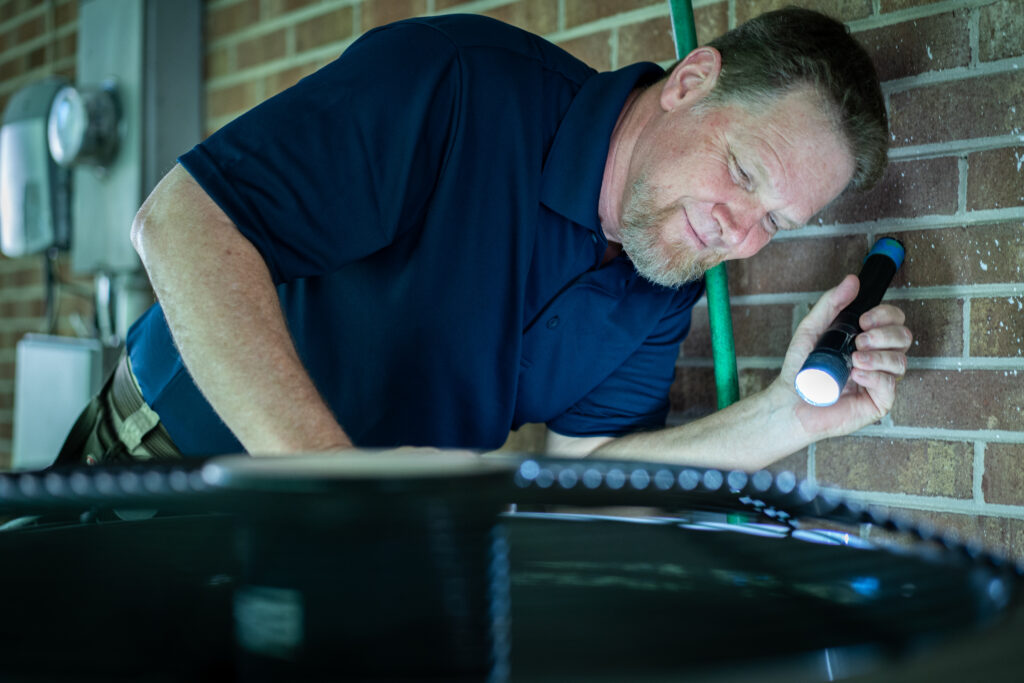A home inspection report is a comprehensive document that outlines the findings of a detailed assessment of a residential property. The main objective of a home inspection is to uncover any flaws or issues that could impact the property’s value or safety. Typically, the report should cover the property’s structural condition, its various systems (including electrical, plumbing, and HVAC), and the status of appliances. It may also offer recommendations for necessary repairs or enhancements. Learning how to write a home inspection report is one of the most essential parts of a home inspector’s job.
What Does a Home Inspection Report Cover?
A home inspection report is the document that home inspectors write following the completion of a home inspection. The job of a home inspector is to conduct a thorough evaluation of a property’s exterior and interior and to look for signs of wear and tear, damage, or any issues that could cause safety concerns or affect the value of the property. The home inspection report will then detail the condition of the home, its systems, and appliances, noting photographs or descriptions of any problems or deficiencies, and recommendations for how to address these issues. A good home inspection report must be detailed, well-written, and clear, leaving no room for confusion or misunderstanding.
Home inspection reports are valuable for both sellers and buyers. Potential home buyers can use an inspection report to help them make an informed decision about whether to purchase a home. A good inspection report provides buyers with the information they might need to negotiate for repairs (or credits to cover the cost of repairs).
Home sellers can use a home inspection report to go into the home selling process prepared. A thorough home inspection report can alert sellers to any issues they might need to address before putting the house on the market, avoiding potential delays during the selling process and potentially improving the sale price of the home.
How to Write a Home Inspection Report
If you’re a home inspector or own a home inspection business, your home inspection reports should generally cover all of the following:
- Major home systems like heating, ventilation, and air conditioning (HVAC), interior plumbing, and electrical
- Structural components like windows, doors, and foundation (as well as attic, basement, and garage where applicable)
- The condition of exterior surfaces like roof and siding
- The condition of interior walls, ceilings, and floors
- The presence or condition of safety features like sprinklers, handrails, fire detectors, and carbon monoxide detectors
- Functioning of major appliances like stove, dishwasher, refrigerator, washer, and dryer
- The condition of insulation and ventilation in the attic and foundation areas
- Condition of ventilation systems in kitchen and bathrooms
Your inspection report will be divided into sections, with each section focusing on a particular area of the home.
- Roofing: This section should cover the condition of the roof, flashing, gutters, and downspouts.
- Exterior: This section should cover the condition of siding, trim, doors, windows, and foundation.
- Structural: This section will cover beams, columns, walls, and floors.
- Electrical: This section will cover panels, wiring, outlets, and switches.
- Plumbing: This section will cover water heater, pipes, fixtures, and drains.
- HVAC: This section should cover the furnace, air conditioning, and ductwork.
- Interior: This section should cover interior walls, floors, ceilings, doors, and windows.
- Insulation: This section should note the type, condition, and thickness of the insulation.
- Appliances: This section should cover the condition of the oven, range, refrigerator, washer, dryer, and dishwasher.
A standard inspection report will also include photos of the roof, basement, exterior, and interior. In addition, you should include photos of any issues you find, along with a detailed description explaining the problem.
Be sure to include sections that discuss areas that need low-level repair, areas of concern, and issues that require attention immediately. Significant defects and major concerns should be listed and explained in order of importance. Describe the concerns clearly and succinctly, as well as the steps that would be required to address the concerns.
When writing a home inspection report, try to avoid jargon. Use clear, detailed language that a home buyer or seller can easily understand. Any use of technical jargon should include an explanation that a layperson can understand.
Final Tips
To get an idea of what a good home inspection report should look like, check out the sample home inspection reports available at the InterNACHI® website.
But when it’s time to write your own reports, use the ISN Report Writer from the Inspection Network. The ISN Report Writer, a fully integrated feature in ISN, is a modern report writer built to work seamlessly with all the business management tools and features you know and love. The ISN Report Writer is an all-in-one solution that lets you manage all aspects of your home inspection business in one place. Easy to use and accessible on most computers, phones, and tablets, the ISN Report Writer is built to work on the job and on the go. You can use one of our many templates to create custom inspection reports tailored to your clients, and you can wow your clients with easily embedded photos and videos.
Whether you have questions about how to write a home inspection report or how the Inspection Support Network can work for your business, we’ve got answers. Automate, streamline, and grow your home inspection business today! Contact us to learn how to get started with a 30-day free trial.


